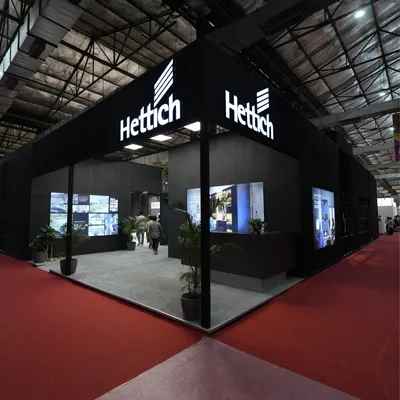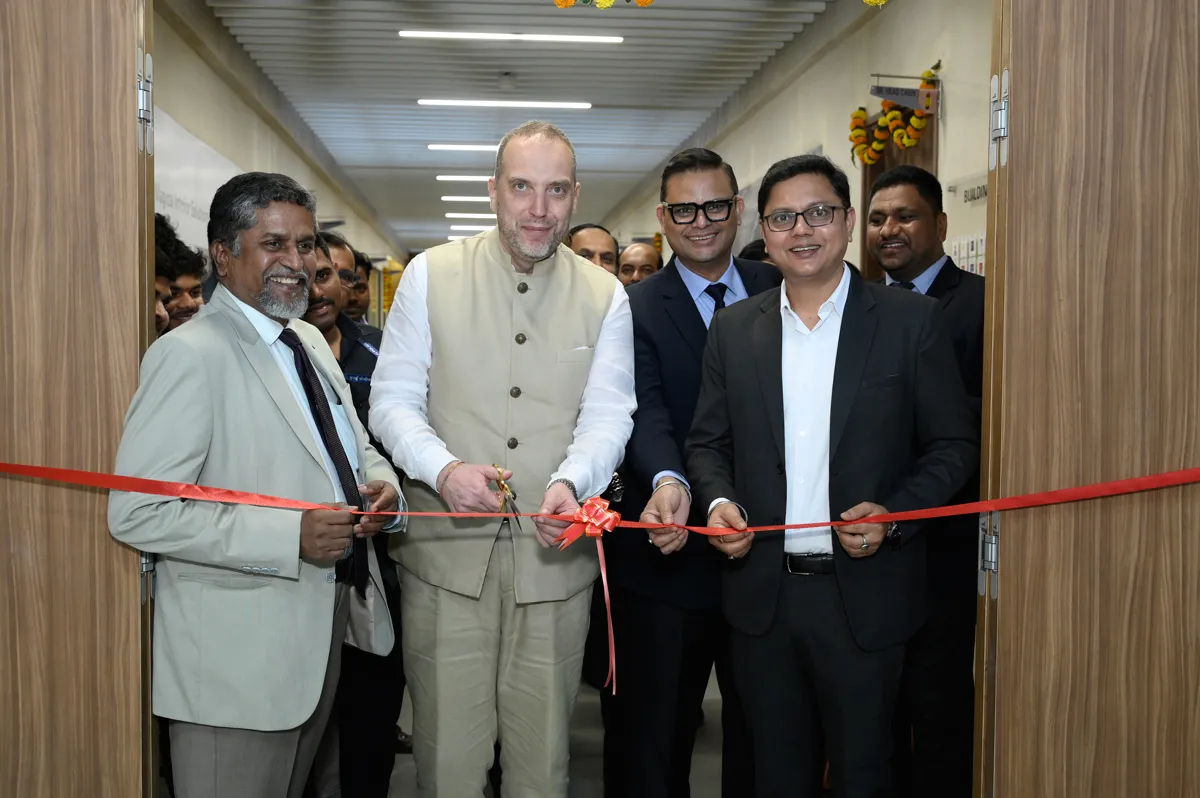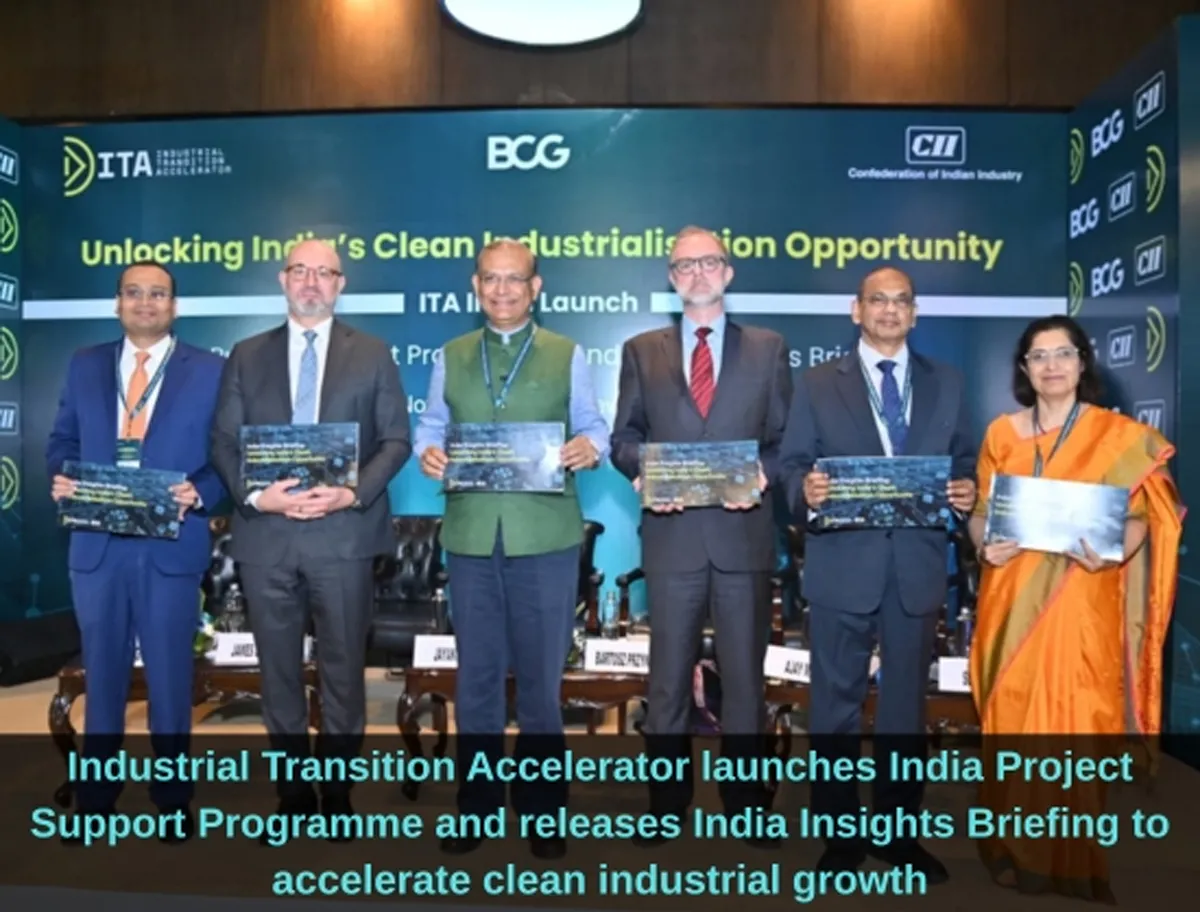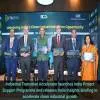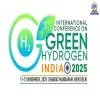We prefer to collaborate with large construction houses and deploy their workforce and machinery, says Ashok Mohanani, Chairman, Ekta World
01 Jun 2018
7 Min Read
CW Staff
This contemporary-thinking, Mumbai-based company aims to offer innovative and world-class realty solutions to its customers. Established in 1987, Ekta World has grown brick by brick, having developed over 20.08 million sq ft of space in 60+ locations and built a strong reputation and tremendous goodwill among discerning buyers and real-estate agents in Mumbai and other cities. In fact, it was recently awarded the 2018 People's Choice Award by CREDAI-MCHI at the 1st Golden Pillar Real-Estate Awards, among several other accolades. With over 58 completed projects and sales revenue of Rs 6.05 billion in FY2017-18, the company has big plans going forward, as <span style="font-weight: bold;">Ashok Mohanani, Chairman, Ekta World, </span>shares in conversation with <span style="font-weight: bold;">SERAPHINA D'SOUZA.<br />
<br />
Please share your target revenues and expectations for this fiscal.</span><br />
In FY2016-17, we had sales revenue of Rs 7 billion and we were at Rs 6.05 billion in FY2017-18. For FY2018-19, we are targeting sales revenue of over Rs 15 billion; our core objective this year is to complete and hand over the projects and acquisitions within the Mumbai Metropolitan Region (MMR) for possession. Our expertise lies in the development management model and we are evaluating several such projects for tie-ups. <br />
<br />
<span style="font-weight: bold;">Tell us about new launches planned for this year.</span><br />
We have a slew of launches scheduled for this financial year that are an assortment of all genres, including Powai and Mahim in the premium home category, Bandra and Dadar in the luxury category, and Dahisar and Bhiwandi in the affordable category. <br />
<br />
<span style="font-weight: bold;">What advanced construction technologies are used in your projects? </span><br />
For our layout projects, we use Mivan technology-aluminium shuttering. This technology hastens construction by over 50 per cent compared to traditional practices. It minimises the need for skilled labour, completely eliminates labour-intensive activities, and is structurally more seismic-resistant and resilient. Also, with fewer joints, the building faces minimum leakages. However, this technology has not been widely adopted in India although it has seen takers in Mumbai. <br />
<br />
<span style="font-weight: bold;">Also, what is the advantage of promoting the use of high-quality but low-cost materials in projects? What kind of RoI has adopting sustainable practices led to?</span><br />
High-quality, low-cost materials are better because they create a lesser impact on the environment. Sustainable and green building promotes the use of high-quality, low-cost materials. At Ekta World, we stringently follow the parameters and norms of green building with regard to materials, material acquisition, construction process, and disposal of waste and debris. Lightweight blocks, CP fittings, solar panels, LED lighting, low-VOC paints and triple-glazed windows are some of the materials we use to ensure effective energy consumption and utilise natural resources. In our project Ekta Parksville, designed and executed to be a Gold-certified green building, we have made use of LED lights in the common areas and reduced power consumption drastically. Also, at our Platinum-certified project Ekta Tripolis in Goregoan, we will be installing a destination-controlled elevator system and home automation, which are important ways to conserve energy.<br />
<br />
<span style="font-weight: bold;">Please share your investment in procuring construction equipment.</span><br />
We prefer to collaborate with large construction houses and deploy their workforce and machinery, while our team ensures work standards. So, we don't invest in construction equipment per se. Having said that, in FY2017-18, we invested Rs 20 million in procuring new equipment. We adopted Kumkang system formwork to reduce the slab cycle and achieve faster completion compared to conventional processes; we invested Rs 40 million to procure this formwork. Further, we invested another Rs 6 million in sourcing man-material hoists to facilitate handling of materials and labourers in our high-rise projects. We anticipate similar investments for upcoming projects in the related project genre.<br />
<br />
<span style="font-weight: bold;">How do you raise funds for your projects? And how do you ensure the desired ROI?</span><br />
We raise funds through various models, such as construction finance, inventory funding and private equity (PE). We opt for the most suitable funding propositions for the project depending on the nature of development and viability. Further, we evaluate any project on a holistic approach, considering our minimum required ROI for the project. Funds are raised depending upon the stage of construction and project development; for instance, PE at the acquisition stage, construction funding for development, and inventory funding for a more evolved project. <br />
<br />
<span style="font-weight: bold;">How do you view opportunities in Tier-II and Tier-III cities?</span><br />
With demand swelling for housing and limited land resource, it is most viable to focus on the development of Tier-II and Tier-III cities. Development of industrial corridors is an important factor in the dispersal of urbanisation to Tier-I and Tier-II locations. Also, the smart cities programme will provide opportunities for the real-estate sector as 89 per cent of the proposed Rs 480 billion investment in the first 20 such cities will be earmarked towards urban development, housing, transformation, water and energy.<br />
<br />
<span style="font-weight: bold;">What are the challenges for companies like yours in the realty sector?</span><br />
The general challenge for our sector continues to be timely approvals. It is imperative that we receive approvals on time so the construction schedule is not hampered. <br />
<br />
<span style="font-weight: bold;">Finally, as vice-president of the National Real Estate Development Council (NAREDCO) West, how do you see the impact of RERA, GST and REITs on the real-estate sector?</span><br />
The introduction of RERA brought in transparency, which bridged the gap between developers and homebuyers. The one-year transition period after the implementation of RERA was expected to be challenging for developers as they needed to realign their business operations to comply with the new regulations. The constraints imposed by the Act have adversely impacted the business model of unorganised developers and some level of consolidation is expected in the industry. This has benefitted larger developers who have the resources and financial flexibility to withstand near-term challenges and scale up execution levels as required. <br />
<br />
GST is expected to simplify taxation compliance and have a positive impact on the industry as a whole. Although the intent of the Government was to make it tax neutral, as far as real estate is concerned, it was not favourable. Earlier when service tax was levied, there was 70 per cent abatement for land cost, whereas in GST, land abatement is only one-third of the land value. This is a huge burden on the buyers. <br />
REITs are expected to provide opportunities for retail investors to participate in the real-estate sector; at the same time, they will help the industry get liquidity for projects. Also, with affordable housing being granted infrastructure status, more and more PE and REITs will look upon the sector favourably, infuse funds and enhance construction activity at reduced costs. <br />
<br />
<span style="font-weight: bold;">FACT SHEET </span><br />
Year of establishment 1987<br />
Top management (promoters) Ashok Mohanani, Chairman; Vivek Mohanani, Managing Director & CEO<br />
Areas/segments of operation Residential<br />
Regions of operation Mumbai, Pune, Nashik and Virar<br />
No. of employees 350<br />
Completed projects 58+<br />
Ongoing projects 15+<br />
Upcoming projects 5+<br />
Sales revenue Rs.6.05 billion (FY2017-18); Rs.7 billion (FY2016-17)<br />

